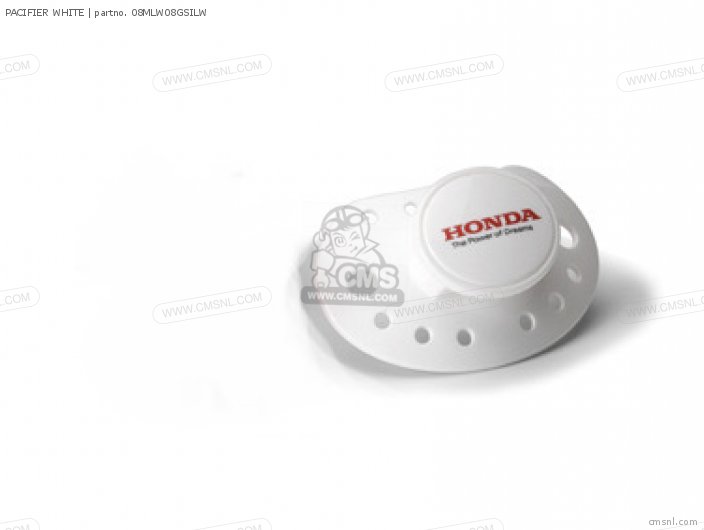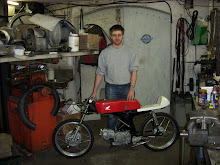Well here is the method I use, from what I know, I think this is the best way to do it.
But, in this modern world of prosecuting people, I take no responsibility for the cables you alter, this is just a guideline.
I start with a Honda or aftermarket cable, I like grey, but this can also be done for black cables of course.
This example is of a front brake cable for a twin leading Honda front brake, normally I would shorten this from the top, but in this example I used a cable that was already cut at the bottom and added the original adjusters to it, that have been taken off old cables before they were thrown away.
You start with cutting the inner cable at the nipple that you want to replace.
Then you take out the inner cable, and cut the outer cable to length.
I use an angle grinder for all cutting, this leaves clean straight cuts, do not use wirecutters for the outer cable, the uneven end could screw itself into the inner cable, blocking the function. You need a flat end off the outer cable:

Now you replace the ferrules at the ends that have been cut off, in my case this is the big adjuster that goes onto the brakeplate. Sometimes it is possible to take off the old ones from the end that is cut off, but is is much easier to buy new ones. I get my supplies from the cable-shop.
Now you want to put everything onto the cable, it wouldn't be the first time someone has it all soldered only to find out he forgot the adjuster that has no slot to slide it onto the cable afterwards.

Now you unraffle the inner cable (the steel nipple on this cable is homemade to fit the twin leading hub, nipples for the top to fit into the levers are normally available) the nipple is also fitted, as it can be difficult to get it on after the cable has been rewinded.

The outer wires are oppositely wound to the inner wires.
Take the inner wires and unwind these also, this will have a straight wire in the middle, cut this down about 1cm.

After this, rewind the inner cables, and then the outer cables, when done correctly, this will leave you with a normal looking cable, but with a small hole on the end.
Sadly my camera couldn't really get this clear.

Now you take a piece of steel wire (not stainless) about 2mm diameter, and make a wedge out of it, I do this by rotating it against an anglegrinder with a sanding disc.

Cut it off, long enough so you can still handle it.
Then it is inserted into the hole on the end of the inner cable so that it is spread outwards and the nipple is pushed onto this.
You should be able to pull on the nipple without pulling it off the cable, even before the wedge is soldered into place. This way, the strength comes from the cable being wedged into the nipple instead of the solder, this will just keep the wedge from falling out.

The tools for the job:

Use the flux on the parts you want to solder, heat the nipple and cable and then apply the solder (tin/lead) from the bottom where the wedge sits. (use silver for stainless cables)

Stop when you see the solder creeping thru the cable at the top of the nipple.
At this point, let it cool gently, afterwards you can grind away the excess parts of the wedge and/or cable. Now you can mount your cable.
This method will work on clutch and throttle cables also, with throttle cables it isn't always necessary to take out the middle strand, as the strands are thinner and more flexible.
I wish you good luck altering your cables, and if you have questions, don't hesitate to ask.

















